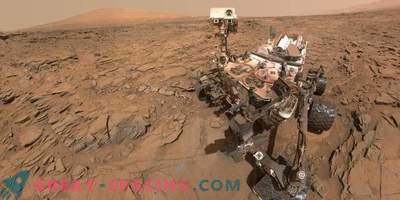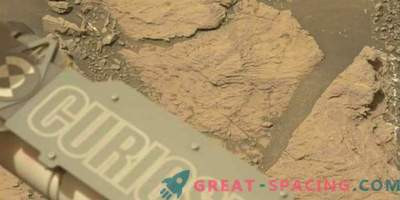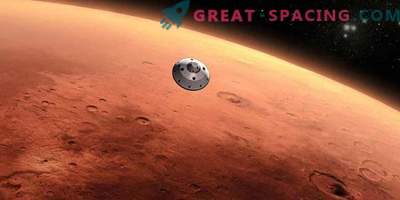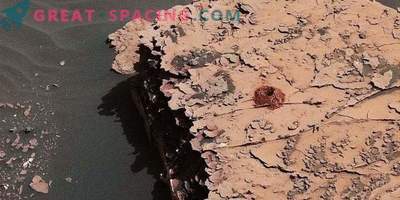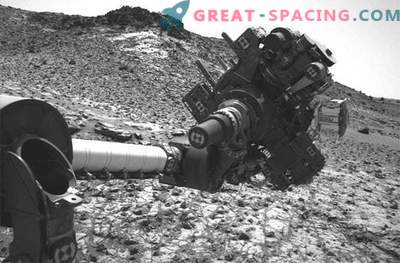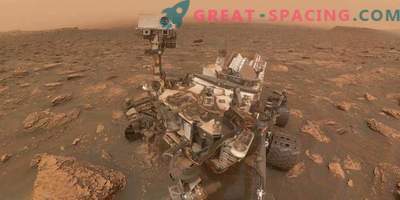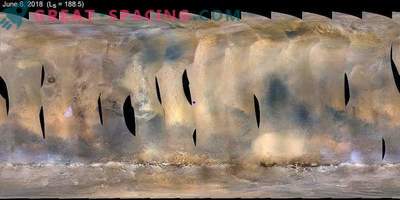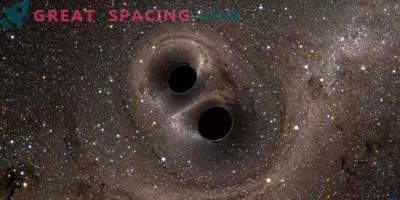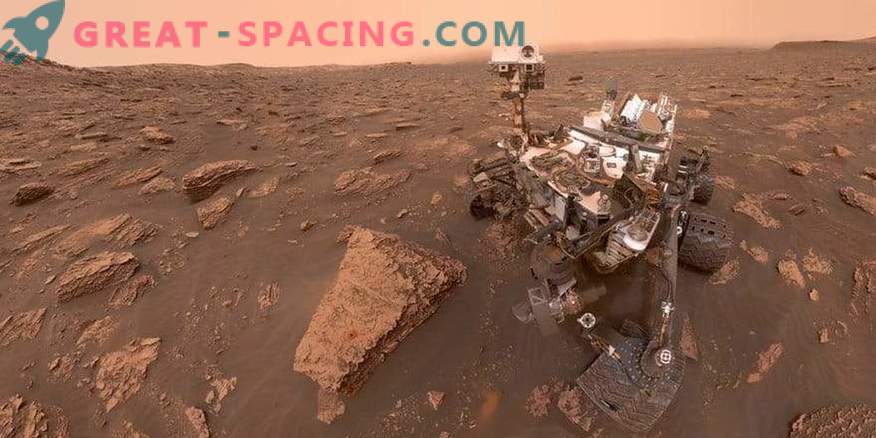
Self-portrait of NASA's Curiosity Mars rover, performed on June 15, 2018 (2082 sol). The dust storm of the Red Planet reduced the amount of sunlight and reduced visibility at the location of the apparatus in the Gail crater.
This week, NASA's Jet Propulsion Laboratory engineers (Pasadena, California) ordered the NASA Curiosity rover to switch to a second computer. This will allow the team to diagnose in detail a technical problem that does not allow transferring the stored data from September 15th.
Like many NASA spacecraft, the Curiosity rover was developed with two computers (Side-A and Side-B), so it can continue to work even if it fails. After examining several options, engineers recommended switching the rover from B to A. This computer was originally used after landing.
Rover continues to send engineering data stored in short-term memory when connected to a repeater. This is good, because he still responds to commands. However, there is something that prevents Curiosity from storing scientific information in long-term memory, and also does not allow the storage of rover’s event records and its log of actions necessary to establish a diagnosis. Changing computers will allow storing data and recording events on Side-A. Interestingly, Side-A has already encountered problems in hardware and software more than 5 years ago on 200 missions. At that time, the decision was made to switch to computer B. Since then, engineers have diagnosed and quarantined part of the Side-A memory so that the computer is again available for the mission.
Last week, Side-A was tested and ready for exchange. For the time being, it is planned to use it at the time of diagnosis and as soon as possible return to Side-B (this computer has more memory).

